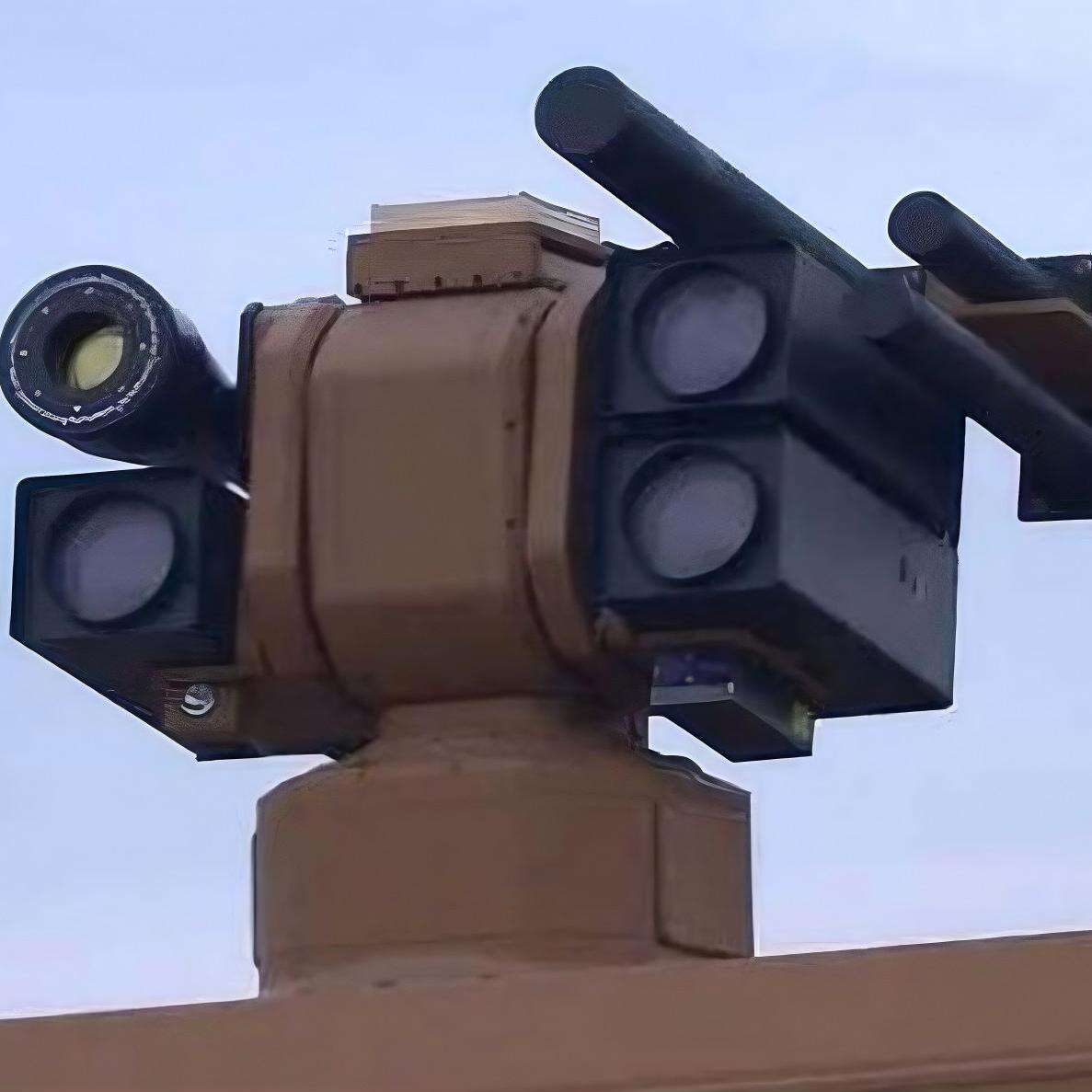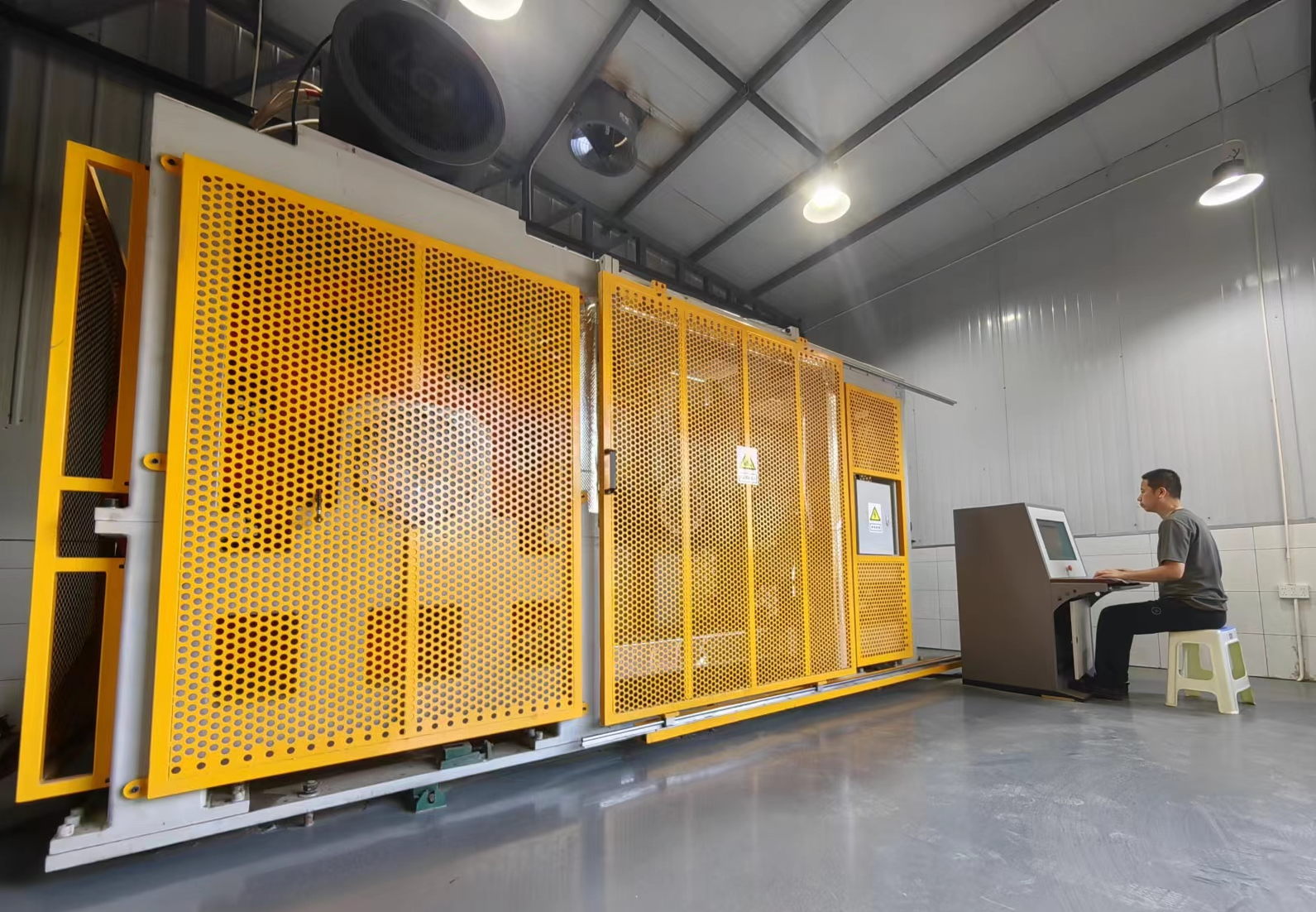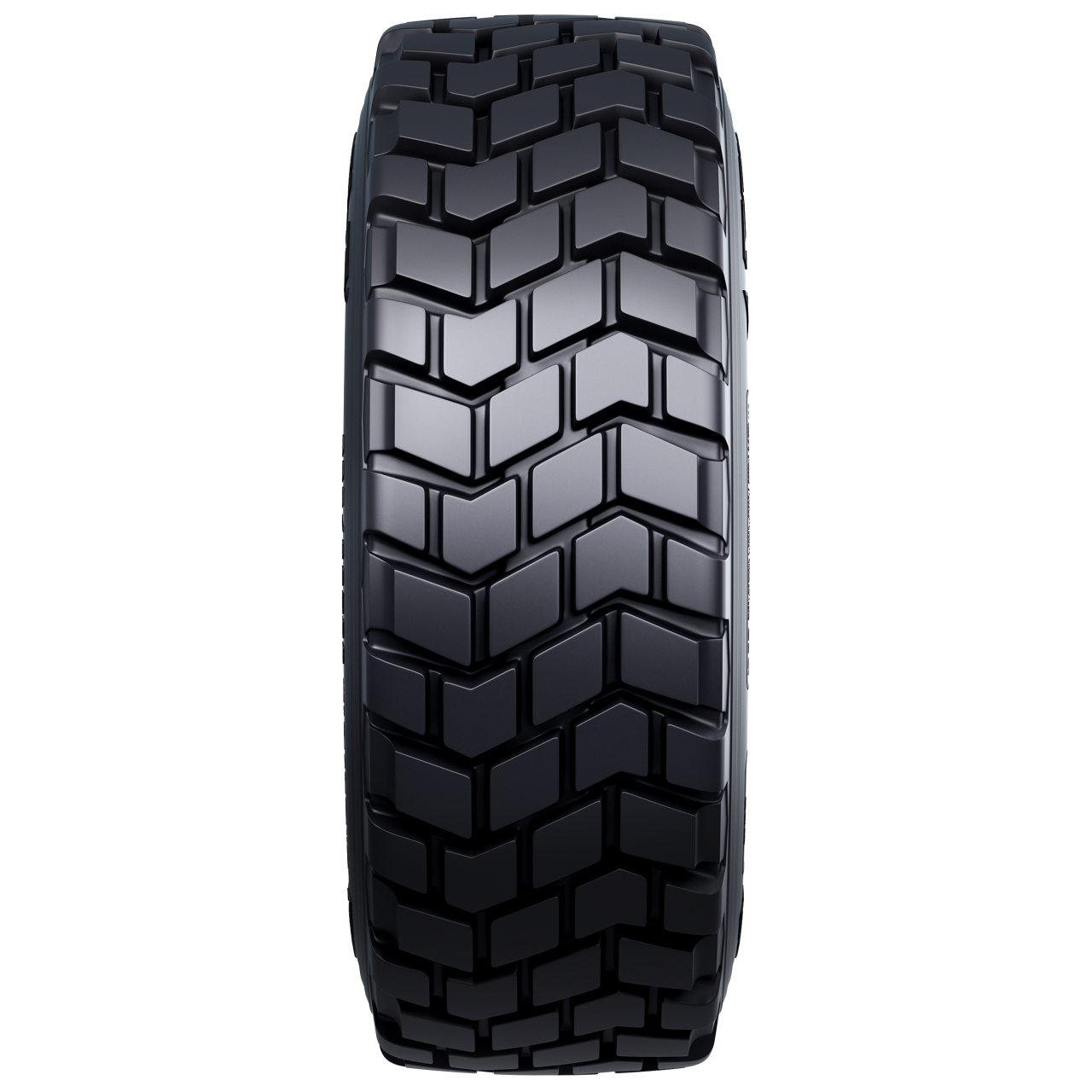self driverless cars
Self driverless cars represent a revolutionary advancement in automotive technology, combining artificial intelligence, advanced sensors, and sophisticated software to navigate roads without human intervention. These vehicles use an intricate network of cameras, radar systems, LiDAR sensors, and GPS technology to create a comprehensive view of their surroundings. The primary function of self driverless cars is to transport passengers safely from one location to another while making real time decisions about navigation, obstacle avoidance, and traffic rule compliance. The technology employs machine learning algorithms that continuously analyze road conditions, traffic patterns, and potential hazards, making split second adjustments to ensure passenger safety. These vehicles can interpret traffic signals, recognize pedestrians, understand road signs, and navigate complex intersections. They maintain optimal speeds, select efficient routes, and adapt to changing weather conditions. Modern self driverless cars also feature connectivity capabilities, allowing them to communicate with other vehicles and smart infrastructure, creating a more coordinated and efficient transportation network. The technology includes redundant safety systems, emergency protocols, and fail safe mechanisms to ensure reliability in various driving scenarios.

 EN
EN
 AR
AR
 BG
BG
 FR
FR
 DE
DE
 HI
HI
 IT
IT
 JA
JA
 KO
KO
 PL
PL
 PT
PT
 RU
RU
 ES
ES
 SV
SV
 TL
TL
 ID
ID
 LV
LV
 LT
LT
 SR
SR
 UK
UK
 VI
VI
 TH
TH
 TR
TR
 FA
FA
 AF
AF
 HY
HY
 AZ
AZ
 KA
KA
 BN
BN
 LA
LA
 MN
MN
 SO
SO
 MY
MY
 KK
KK
 UZ
UZ
 KU
KU
 KY
KY








